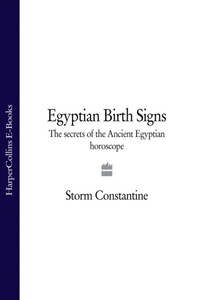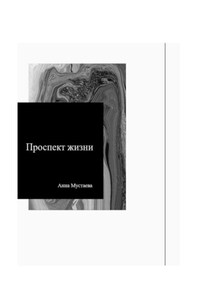Very little is known about Egyptian astrology except for one surviving design (or stela) discovered on the ceiling in the Temple of Hathor at Dendera in central Egypt. Now in the Louvre in Paris, this 12-inch stone disc was probably made around 50 BC, which was the end of the period known as the New Kingdom, the time of Cleopatra, when the Romans annexed Egypt to their empire. The artefact from Dendera shows that the zodiac was divided into 18 constellations represented by various animals. However, unlike the later Greeks, from whom we have inherited our present astrological signs, the Egyptians did not use these zodiac constellations for natal astrology. Their birth signs were determined by the Egyptian months of the year. The richly decorated stela of Dendera also shows the deities and creatures that presided over the months.
There are a number of different versions of the Egyptian calendar, but the one used for this book derives from the end of Ancient Egyptian history. At different periods throughout their history, the Egyptians altered the time of their new year and the start of each month. In the Old Kingdom, (2686–2181 BC) the year began on the Spring Equinox (21 March). Thus, the 12 months would each run (roughly) from the 21st–20th.
After various political upheavals, the Middle Kingdom began in 2040 BC and lasted until 1782 BC. During this time, the New Year coincided with the heliacal rising of the star Sirius (known in Egyptian as Sothis), which occurred in mid-July, so the months also began round about what is now the 15th of the month in our modern calendar. Also, beliefs and systems varied around the country, so during the Middle Kingdom, some areas stuck to the original calendar. There were also local variations on the deities associated with each month.
Because the early calendar followed a lunar cycle, as the years passed, they eventually became slightly ‘out’, so to remedy this, five extra, or ‘epagomenal’ days were added, to keep the years in line. They were placed between what is now 14–18 July. This, of course, is similar to our modern ‘leap year’, when an extra day is added to February every four years. The epagomenal days were seen as holy and the birthdays of particularly important gods, who were the children of the god Geb (the earth) and the goddess Nut (the sky). Although this legend and its symbols are not examined in depth in this system, as it relates to an earlier calendar than the one used here, they might be of special interest to those born on the same dates. The table below indicates which were the birthdays of which deities:
|
14 July
|
Osiris, Lord of the Underworld, and one of the most important gods.
|
|
15 July
|
Horus the Elder, a falcon god (not to be confused with Osiris’ own son of the same name, who presides over the months September to October)
|
|
16 July
|
Set, a god of chaotic forces, who was regarded with great veneration.
|
|
17 July
|
Isis, one of the premier goddesses of Ancient Egypt, regarded as ‘great in magic’. She became the wife of Osiris.
|
|
18 July
|
Nephthys. She became the wife of Set, but in legend also had a child with Osiris – the jackal-headed god, Anubis.
|
By the Late Kingdom, it had become firmly established that the year began with the inundation of the Nile on 29 August. By this time, the calendar had become more fully worked out, and the Dendera zodiac was crafted during this period.
The Egyptian year was always divided into three seasons of four months, rather than our four seasons of three months. Because of their climate, the Egyptians did not have a winter as we do. Their seasons were the Inundation, when the River Nile overflowed its banks and fertilized the land with rich, dark soil, the Growing Season, when the people farmed the land and the Harvest Season, when the crops were gathered in, and the year came to its blistering, parched close before the Inundation began the cycle again. Each of the 12 months of the year was ruled over by a different god or sacred creature. From inscriptions at the Temple of Hathor, we know that these divinities were thought to influence a person’s physical and mental attributes, just as today’s zodiac signs are thought to determine one’s personality and appearance. However, to date, no hieroglyphic inscriptions have been found to provide specific details concerning the characteristics of each sign.








